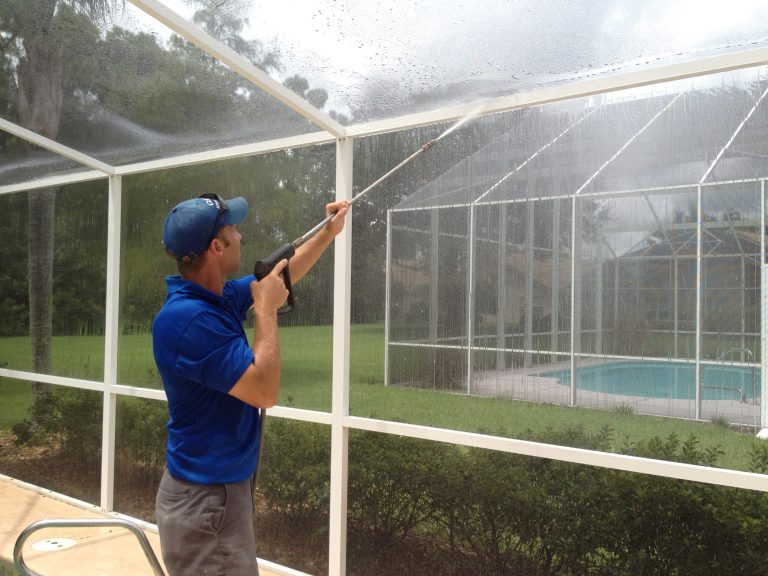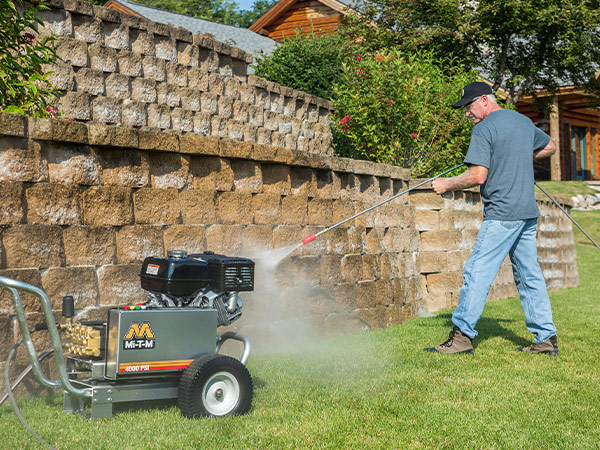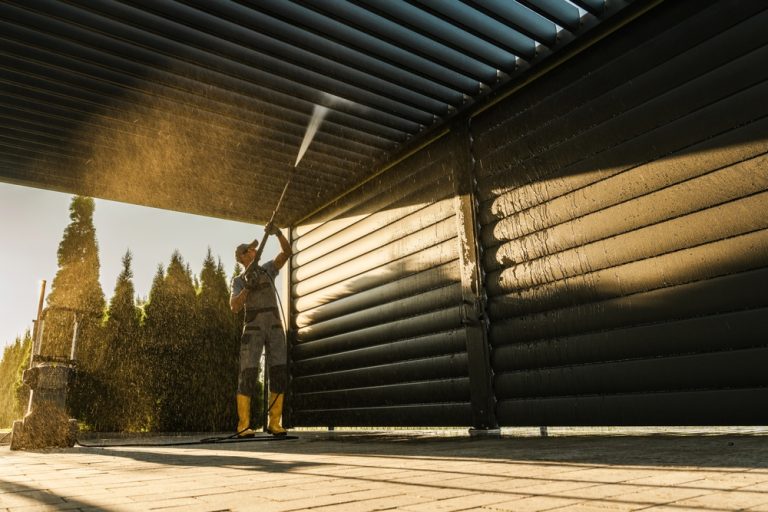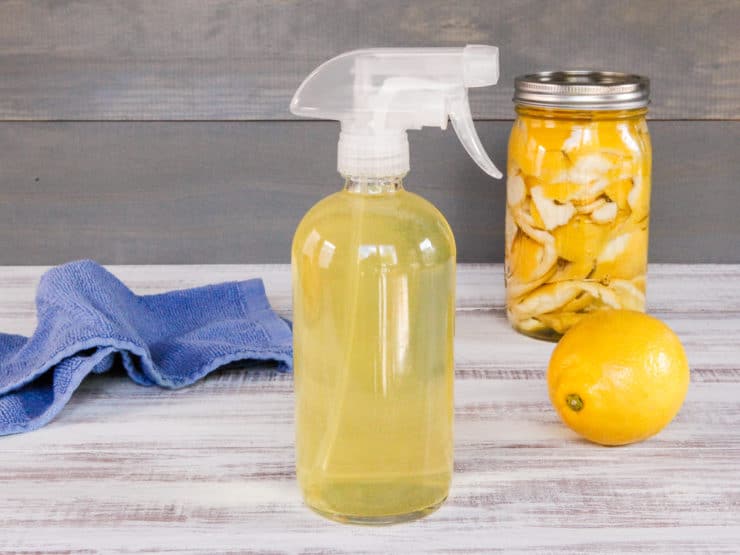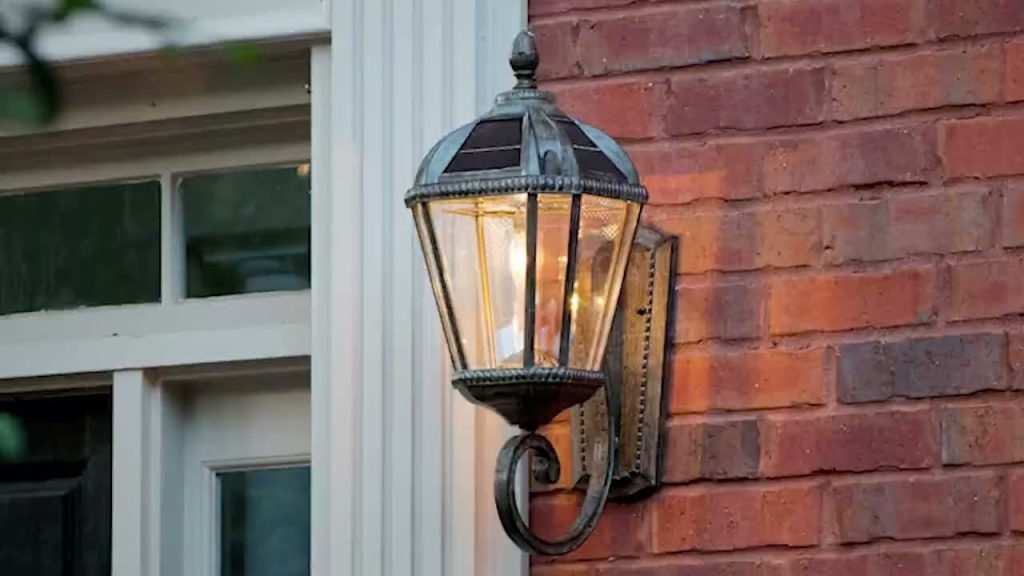
Outdoor lighting plays a big role in curb appeal, security, and ambiance. But over time, light fixtures can get grimy with dirt, pollen, cobwebs, and mildew. So, a common question homeowners ask is:
“Can I pressure wash my outdoor lighting fixtures?”
The short answer is: yes, but only with extreme caution. Pressure washers are powerful tools, and light fixtures are often more delicate than they look. This guide will help you clean outdoor lights safely without damaging them. ⚡💦
⚠️ Why You Should Be Careful
Most outdoor lighting is not built to handle direct high-pressure water. Spraying fixtures with too much force can:
- Crack glass lenses or light covers 💥
- Strip paint or finishes from metal components
- Damage seals, leading to water intrusion
- Break bulbs or cause electrical failure
- Short out LED components or wiring
Even “weatherproof” fixtures are generally designed to withstand rain, not a concentrated blast from a 2,000+ PSI washer. So, before you aim the wand, you need a game plan.
✅ The Safe Way to Pressure Wash Around Lighting Fixtures
Here’s how to clean your outdoor lighting without causing costly repairs:
1. Turn Off the Power
Before doing any cleaning, shut off power to the light at the breaker box. Don’t just flip the switch. You’re dealing with electricity and water, so safety is critical. ⚡🛑
2. Remove Loose Debris by Hand
Take a soft brush or cloth and wipe away leaves, cobwebs, or heavy dust before using any water. This minimizes streaks and helps prevent debris from being forced into crevices.
3. Use a Low-Pressure Setting
Switch to a 40-degree nozzle (the white one) and keep the pressure on a low or medium setting. Avoid narrow spray tips like 0° or 15°, which can do more harm than good.
4. Stand Back
Keep the wand at least 4 to 6 feet away from the fixture. Let the water gently rinse the surface — don’t blast it head-on. Think of it as rinsing, not power cleaning. 💧
5. Avoid Direct Hits
If possible, aim slightly above or beside the fixture, so the water runs over it naturally rather than slamming into it. Never spray directly into vents, bulbs, or seams.
6. Use a Gentle Detergent (Optional)
For tough dirt or mold, you can use a mild soap designed for pressure washers. Avoid anything acidic or abrasive. Spray it on using a soap nozzle, let it dwell for a minute or two, then rinse gently.
7. Dry the Fixture
After cleaning, towel dry the fixture or use a microfiber cloth to remove excess water. This prevents hard water stains and minimizes the risk of moisture damage.
🔌 What About Smart or Solar Lights?
- Smart lights: NEVER pressure wash these. Use a damp cloth only. The electronics are too sensitive. 🧠
- Solar lights: Most are not sealed well enough for pressure washing. Clean with a gentle spray from a garden hose and a microfiber towel.
🛑 When You Should Avoid Pressure Washing Lights
Don’t use a pressure washer if:
- The fixture is cracked or the seal is broken
- Wires are exposed
- There are open vents or bulb sockets
- You’re unsure if the power is fully off
- The light is made of plastic or glass that feels brittle
In these cases, clean the fixture by hand to avoid making things worse.
💡 Safer Alternatives to Pressure Washing
If pressure washing feels too risky, here are better options:
- Bucket + sponge with warm, soapy water
- Microfiber cloths and a vinegar solution
- Spray bottle with gentle cleaner
- Garden hose with soft spray nozzle
These methods may take a bit longer but offer peace of mind and reduce the chance of damage.
🧼 Final Tips for Spotless Fixtures
To keep your lights shining bright year-round:
- Clean them every 3–6 months depending on your environment
- Check for rust, damage, or burnt-out bulbs while you’re cleaning
- Apply a bit of WD-40 or silicone spray to metal parts to protect them from rust
- Use LED bulbs with protective coatings that resist moisture
🌟 Final Thoughts
Yes, you can pressure wash outdoor lighting fixtures — but it’s a job that demands precision and caution. When done right, it can restore shine and function without causing damage. Just remember:
- Use low pressure
- Keep your distance
- Avoid direct hits
- Always cut the power first
When in doubt, it’s always better to clean by hand than to risk an expensive repair or shock. 💡🧼🧯
